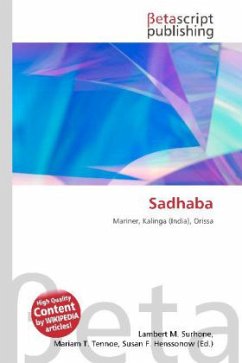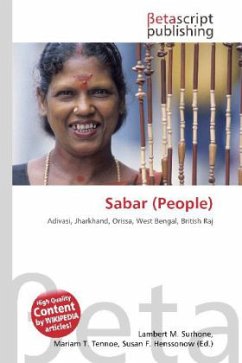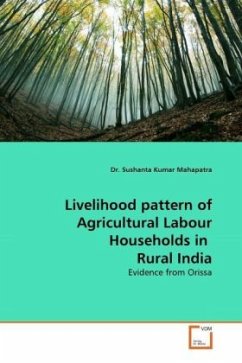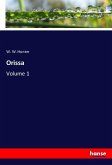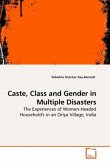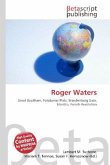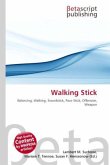Please note that the content of this book primarily consists of articles available from Wikipedia or other free sources online. Sadhabas (or Sadhavas) were ancient mariners from the Kalinga empire, which roughly corresponds to modern Orissa, India. They used ships called Boitas to travel to distant lands such as Bali, Java, Sumatra, and Borneo, in Indonesia, and to Sri Lanka, Malaysia, Persia, China, Greece and Africa to carry out trade and for cultural expansion. Kartik Purnima, immediately before the full moon in October-November, was considered an especially auspicious occasion by the Sadhabas to begin their long voyages. Coconuts, earthenware, sandalwood, cloth, lime, rice, spices, salt, cloves, pumpkins, silk sarees, betel leaves, betel nuts, elephants, and precious and semi-precious stones were the main items of trade. Sometimes, even women were allowed to navigate as Sadhabas. Oriya navigators were instrumental in spreading Buddhism and Hinduism in East and South East Asia. In addition, they disseminated knowledge of Indian architecture, epics such as the Ramayana and the Mahabharata, Indic writing and Sanskrit loan words in many Indo-Chinese languages such as Khmer and Indonesian.
Bitte wählen Sie Ihr Anliegen aus.
Rechnungen
Retourenschein anfordern
Bestellstatus
Storno

